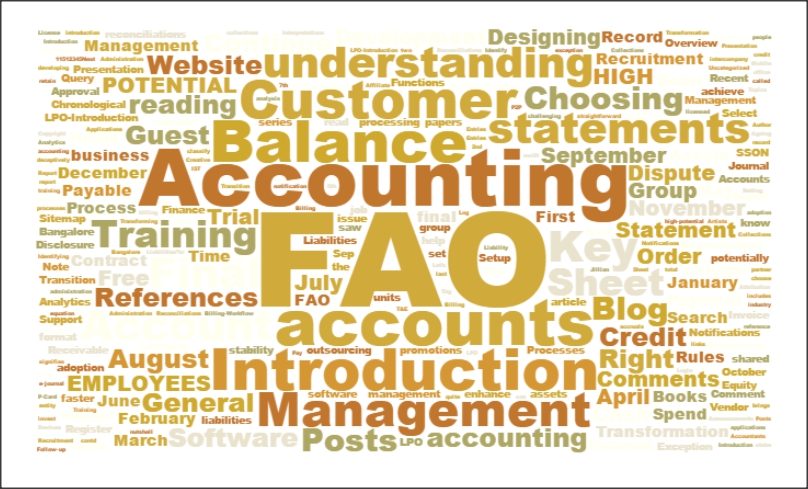We talked about exception types in our post https://faoblog.com/processes-ap-exception-management-types2/
The next three stages are the key exception detection and management points.
- At indexing stage – where a record is created with some basic data, either in the workflow or in the ERP system.
- This is the first stage where the documents can initially be verified for fundamental requirements. Sometimes, clients include this stage at the scanning center itself, which is a good way to go about the workflow movement, however, quite a number of the clients do not prefer the scan center, due to additional onsite costs. Some level of prepping and document screening is done here. The indexing workstation can be empowered to return the documents for re4ctification / correction / updation as may be required.
- At the time of detailed record entry
- Most of the errors are caught here. This is the workstation where the documents have to be processed as per the client requirements. All the exceptions identified in any of the stages earlier need to be tackled as per company policies.
- At the time when the document is returned after clearing the first set of exceptions.
- Then again, some exceptions can only be identified, when the first set of exceptions are resolved. Line if there is an illegible invoice, all checking will happen at stage two only.
We have enabled a button on the top of the first page, which will enable you share your posts. If you wish to write about any of the current streams, you can do it at https://faoblog.com/guest-post/. We will review your post and release it within 48 hours of your posting.


Trackbacks/Pingbacks